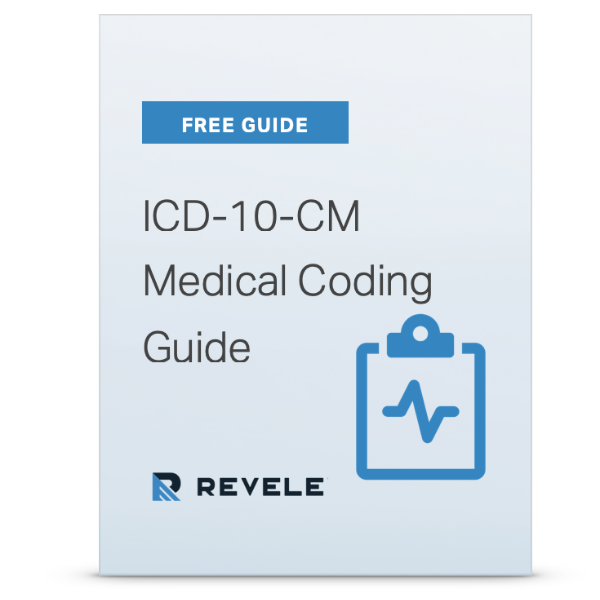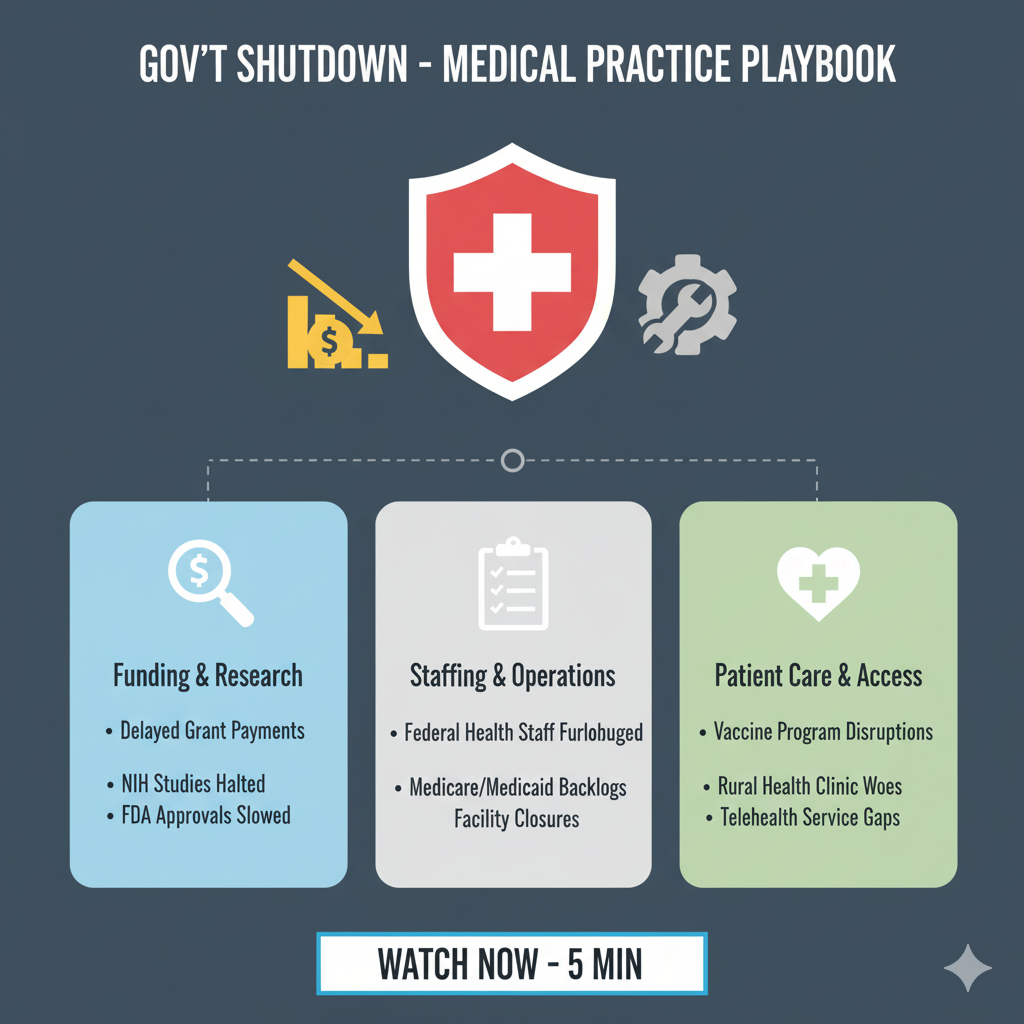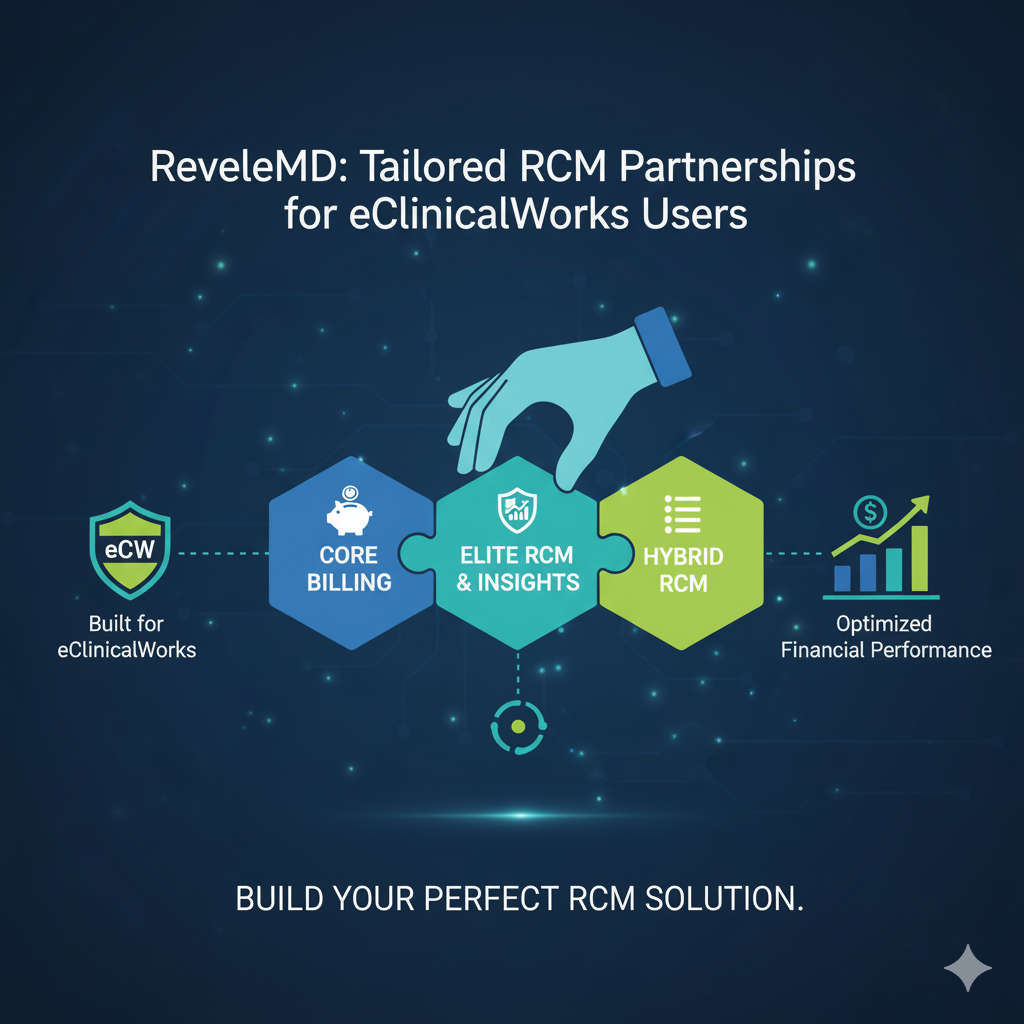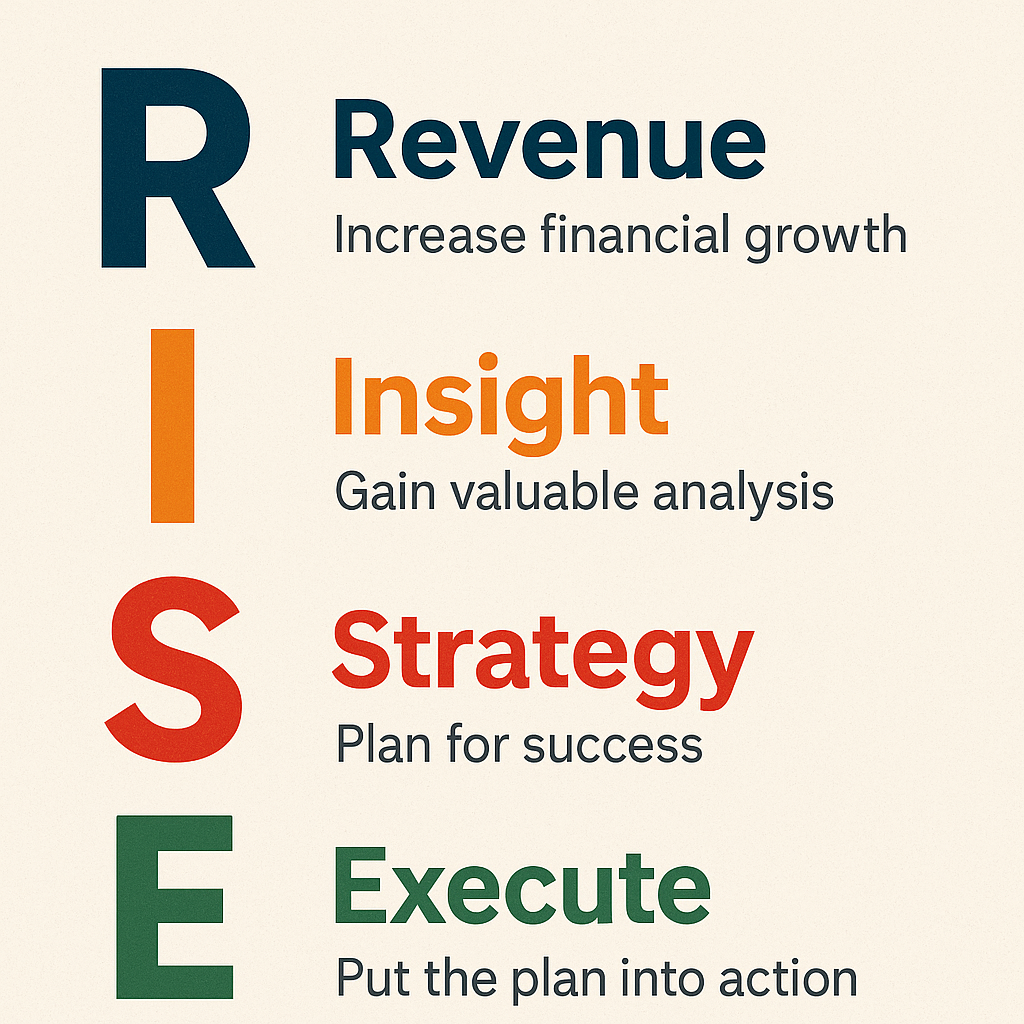When it comes to revenue cycle management, there is a significant amount of data that you could track, but what are some of the most important metrics to measure and monitor regularly? There are 6 RCM metrics you should be tracking and measuring consistently to determine how your revenue cycle is performing. Here we will cover all 6 and give you some benchmarks to help you compare your practice's performance.
Medical Billing Key Metrics to Track
If you want to maximize your revenue cycle management, it's important to track at least some of these medical billing key metrics (if not all) and to measure them against the industry standards. Measuring is the first step to determining where your processes could use improvement.
1) Number of Outstanding Days in Accounts Receivables (DRO)
Your DRO is the sum of your total outstanding receivables plus your total credit balances, divided by your average daily charge, which you can calculate by dividing the past three months' of charges by 90. Obviously, you want this number as low as possible.
The industry standard DRO is 40-45 days; however, it is understandable that this may not always be achievable. By measuring this metric on a regular basis, you can determine what outside factors may contribute to your DRO and whether you need to make adjustments to your procedures based on the results of your measurements.
If your current methods don't encourage or incentivize prompt payments, you may want to include more communication and rewards for on-time payments. If you aren't emphasizing the importance of timely payments, then those making the payments (customers and insurance companies) will not prioritize paying you, either.
2) Percentage of Receivables Over 120 Days Past Due
Of course, no practice wants to see receivables that are way overdue. However, in reality, having outstanding receivables that are over 120 days past due is common. To calculate this metric, you just need to divide your total receivables by your total amount of receivables over 120 days.
Keeping the percentage of receivables over 120 days to 12-14 percent or less is ideal. Anything higher than that should be addressed as soon as possible, as things can get "ugly" pretty quickly if measures are not taken to lessen the past due gap.
By checking current procedures for collecting payments and communicating past due bills, you can identify places where follow-ups and increased communications can lower the instances of having receivables over 120 days past due.
3) Net Collection Rate
The percentage of dollars you actually collect compared to what you are allowed is called the "net collection rate." This amount is often a combination of money due from the patient and their insurance company or another third party. A rate of 100% would be best, but the standard is between 96-98%.
4) Collections on Day of Service Rate
Perhaps one of the most important KPIs to monitor is the percent of collections completed on the day of service (which should ideally be around 90%).
Collecting co-pays, deductibles, service fees, and other patient payments at the time of the visit helps to minimize past due payments. Instituting a firm financial policy and communicating each patient's financial obligations before the visit can assist your practice with increasing the percent of collections completed on the day of service.
5) Cash Collection Rate
There is no set standard for collecting cash, but it should still be tracked and measured on a regular basis. The amount of cash you take in during a given period can be compared to credit, debit and check payments, and can also be measured against the previous period.
Although this number may fluctuate significantly, you should look for patterns and inconsistencies whenever possible.
Where to Draw the Lines
The industry standards should be looked upon as goals to achieve. While it isn't always possible to stay within the industry norm, there are times when it's clear that your metrics have gone from good to bad, and bad to ugly.
When measuring DRO, 40-45 is the norm. 45-64% indicates that your collections are slipping. You've crossed over to the "ugly" when it gets over 65 days.
When tracking receivables over 120 days, 12-14% is the standard. 15-19% is less than ideal, but you should start to worry when it goes to 20% or more.
Net collection rates are always best when they fall between 96-98%, and 91-95% is iffy at best. If you start to see a 90% or lower net collection rate, then it might be time to take a closer look at your collection policies and what needs changing.








